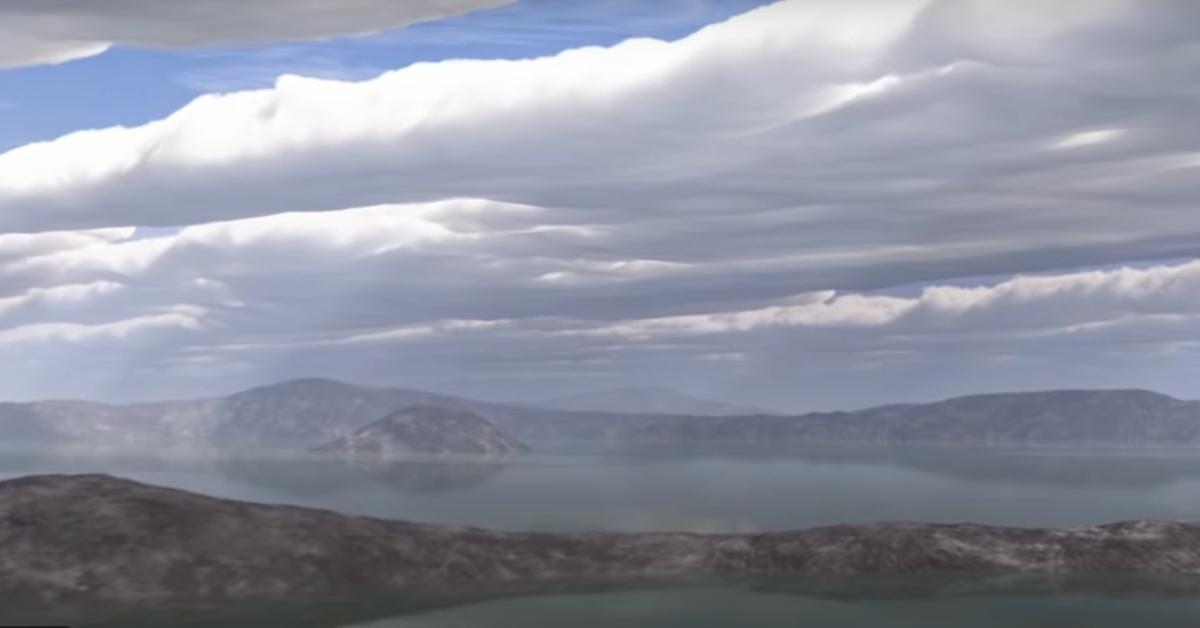A Case of Climate Change: What Mars Was Like 4 Billion Years Ago
Published May 23 2023, 5:30 p.m. ET

Excessive drought, torrential rains, and extreme temperatures are a few warning signs that climate change is impacting our Earth. Why should we worry about climate change? One only has to look at Mars 4 billion years ago compared to what it is today.
What did Mars use to look like?
Scientists say that 4 billion years ago, Mars was a much different planet with blue skies and oceans of flowing water. The existence of water means that the fourth planet from the sun was once a habitable planet with a thicker atmosphere than it has today, said David Agle with the NASA Jet Propulsion Laboratory in an interview with Space.com.

Video simulation of Mars 4 billion years ago.
In 2013, NASA’s Goddard Space Flight Center released a video on what Mars looked like millions of years ago. In the video, the terrain of the Red Planet transforms from a mountainous water-filled landscape to a dry, red surface.
Was Mars once like Earth?
In some ways, Mars was like Earth billions of years ago. Both planets are terrestrial planets that have a rocky mantle, solid crust, and central core, NASA reports. Scientists have found evidence of past lakes, streams, and even a shallow northern ocean on Mars, said NASA Astrobiologist Dr. Becky McCauley Rench in a 2022 NASA video.
“Whenever the solar system first formed over 4 billion years ago, Mars and Earth formed out of the same stuff, and so they looked very similar,” Rench said.
"We think Mars may have been a little cooler than Earth at the time, but not nearly as cold as it is now, with average temperatures hovering most likely above the freezing point of water," said Regis Ferrière, a professor at the University of Arizona Department of Ecology and Evolutionary Biology.
Was there life on Mars?
It’s still unclear whether there was life on Mars at one time. But if there was, life on Mars 4 billion years ago would have looked different from what we consider life on Earth. There wouldn’t have been humans or animals on the Red Planet, but methanogenic microbes that live on hydrogen and carbon dioxide, reports a 2022 study published in Nature Astronomy.
The microbes’ process of consuming hydrogen and expelling methane waste could have prompted the global cooling of the planet, which eventually led to their demise, the study reports.
"The problem these microbes would have then faced is that Mars' atmosphere basically disappeared, completely thinned, so their energy source would have vanished, and they would have had to find an alternate source of energy," Boris Sauterey, the lead author of the study, told CBS News.
What is Mars like now?

Today, the atmosphere on Mars is too thin to sustain life. The planet is cold and dry. According to the National Weather Service, the average temperature on Mars is about minus 80 degrees Fahrenheit, and it can get as low as minus 220 degrees. Because of the extremely cold temperatures on the Red Planet, water only exists as ice or vapor.